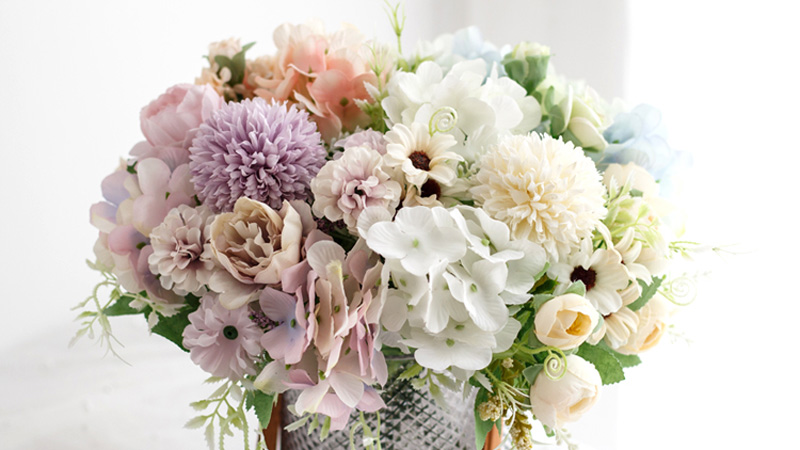
Introduction: The Blossoming Paradox of Permanence
In an age defined by fleeting digital interactions and disposable culture, the resurgence of preserved flowers—nature’s art frozen in time—feels almost rebellious. As a literary scholar, I’m drawn to the symbolism here: humanity’s age-old obsession with conquering impermanence, now crystallized in delicate petals dyed and preserved to outlast seasons. But why, in 2025, has this niche craft exploded into a cultural phenomenon? Let’s unravel the roots of this trend through the lens of art, philosophy, and consumer psychology, revealing why preserved flowers aren’t just gifts—they’re modern-day sonnets to eternity.
1. The Romantic Rebellion Against Disposability
“O my Luve is like a red, red rose / That’s newly sprung in June…”
—Robert Burns, A Red, Red Rose
Burns’ iconic verse immortalizes love through the ephemeral beauty of a rose. Yet today’s preserved flowers literalize this metaphor, transforming fragile blooms into heirlooms. In 2025, this resonates deeply with a generation rejecting fast fashion and single-use plastics. A 2025 Sustainable Consumer Report notes that 68% of millennials prioritize gifts with “lasting emotional value” over temporary luxuries. Preserved flowers answer this call, merging romantic idealism with eco-conscious pragmatism.
Literary Parallel: Consider Keats’ Ode on a Grecian Urn, where static art captures fleeting life. Preserved flowers mirror this paradox—vibrant yet unchanging, embodying love’s aspiration to transcend mortality. Retailers like Forever Roses Co. even engrave poetry on display cases, blending Keatsian themes with modern luxury.
2. The Aesthetics of Nostalgia: Victorian Sensibilities Reimagined
The Victorians weaponized flower symbolism—roses for passion, lilies for purity—to communicate secrets in a restrictive society. Preserved arrangements today evoke this coded language but with a twist: they’re personalized to memorialize first dates, weddings, or lost loved ones.
Case Study: Luxury brand Eternal Blooms offers “Memory Petals,” where clients submit letters or photos used to customize dye colors and arrangements. A 2025 Vogue feature highlighted a widow who commissioned a bouquet mimicking her late husband’s garden roses, preserved in hues matching his favorite paintings. This isn’t gifting; it’s storytelling.
Why It Trends: Nostalgia drives 72% of preserved flower purchases (2025 Gifting Trends Survey). In a post-pandemic world clinging to tangible memories, these blooms become tactile diaries.
3. The Zen of Low Maintenance: Wabi-Sabi in Modern Decor
Japanese wabi-sabi finds beauty in imperfection and transience—yet preserved flowers subvert this by eliminating decay. Ironically, their popularity aligns with the minimalist movement’s demand for simplicity. Busy urbanites crave nature’s serenity without the upkeep.
Designer Insight: “Clients want organic textures but won’t tolerate wilted leaves,” says L.A. interior stylist Mara Lin. “A preserved magnolia branch in a ceramic vase? It’s a meditative object.” Brands like Botanique Forever now collaborate with mindfulness apps, marketing arrangements as “wellness tools” for reducing screen-time stress.
Data Point: Google searches for “low-maintenance home decor” rose 210% since 2023, with preserved flowers dominating Pinterest mood boards.
4. The Climate-Conscious Choice: Flowers That Don’t Cost the Earth
The cut-flower industry’s environmental toll is staggering: 100 million roses for Valentine’s Day alone, flown in on carbon-spewing jets. Preserved flowers, often sourced from sustainable farms and reusable materials, offer guilt-free indulgence.
Ethical Angle: Startups like Everbloom Collective use solar-powered drying facilities and donate proceeds to reforestation. “It’s not just about lasting beauty,” says CEO Clara Nguyen. “It’s about redefining luxury as responsibility.”
Literary Twist: Recall Shelley’s Ozymandias, a crumbling statue mocking human hubris. Preserved flowers invert this—their “permanence” reflects humility, a pact with nature rather than domination.
5. The Customization Craze: Self-Expression in the Age of A.I.
In a world of algorithm-driven monotony, bespoke preserved arrangements let individuals reclaim creativity. Social media fuels this: TikTok’s #DriedFloralArt hashtag has 890M views, with users sharing DIY dye techniques and avant-garde displays.
Cultural Reflection: Poet E.E. Cummings once wrote, “It takes courage to grow up and become who you really are.” Customizing flowers—choosing bold neon tints or wild, asymmetrical designs—becomes an act of self-declaration. Brands like Rebel Petals thrive by encouraging “imperfect” arrangements, celebrating quirks over cookie-cutter perfection.
The Eternal Dance Between Art and Nature
Preserved flowers captivate not because they defy death, but because they honor life’s fleetingness through artistry. They are memento vivere—reminders to live fully—crafted for a society torn between digital detachment and a hunger for authenticity. As Emily Dickinson wrote, “That it will never come again / Is what makes life so sweet.” Perhaps these timeless blooms let us savor sweetness a little longer.
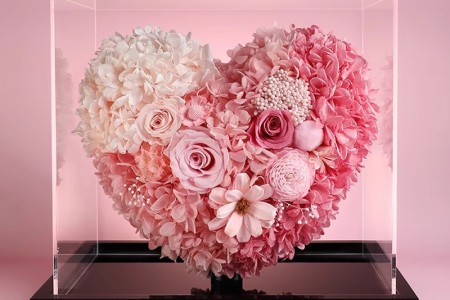
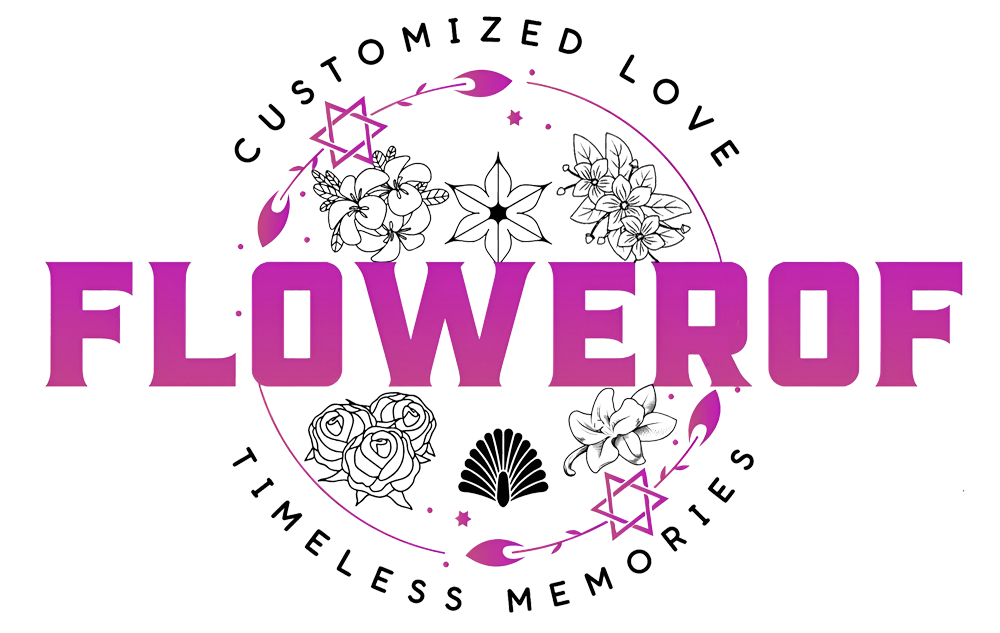










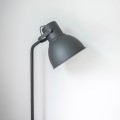
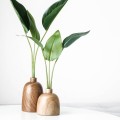




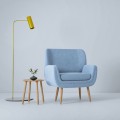


5 Comment(s)
1
1
1
1
1
1
1
1
1
1
1
1
Leave a comment